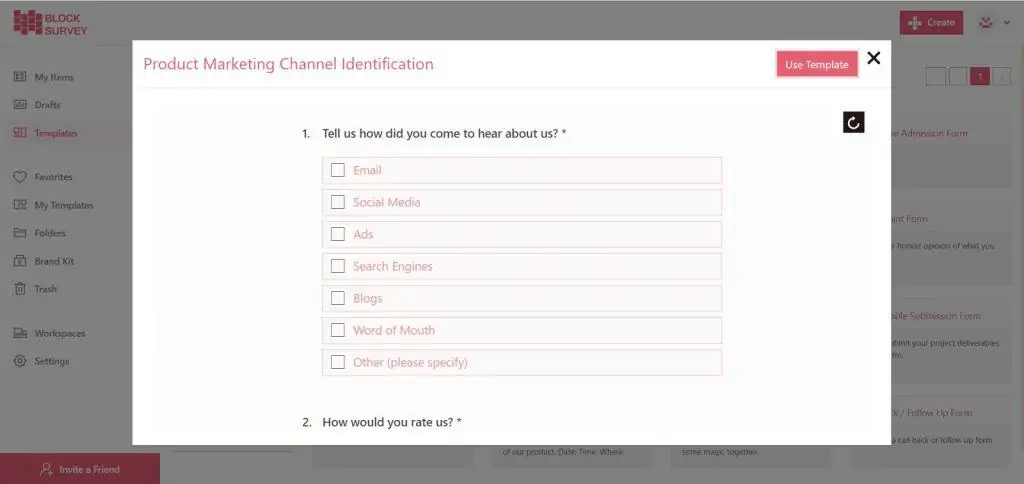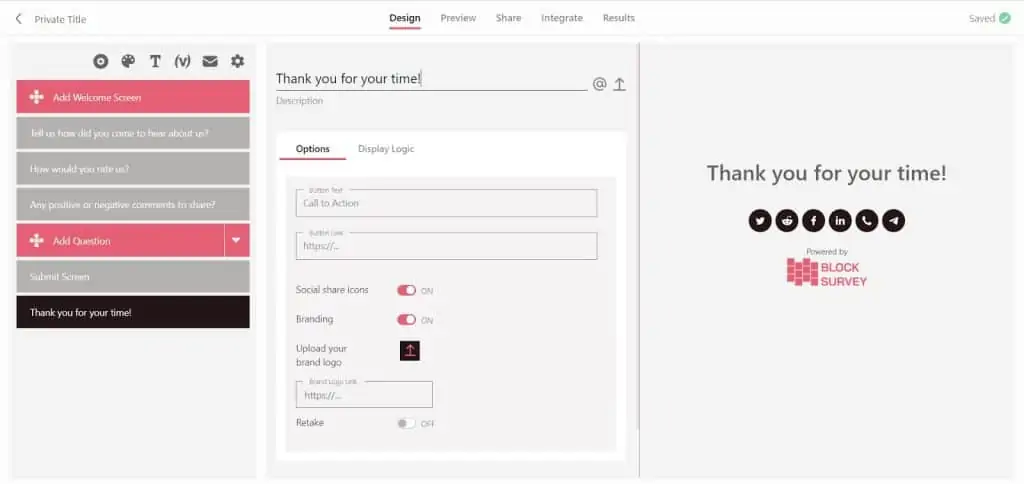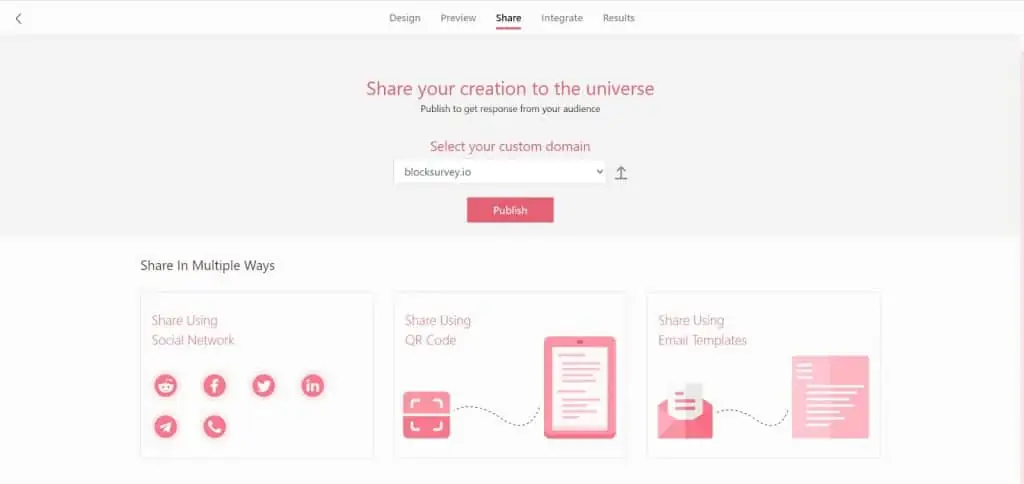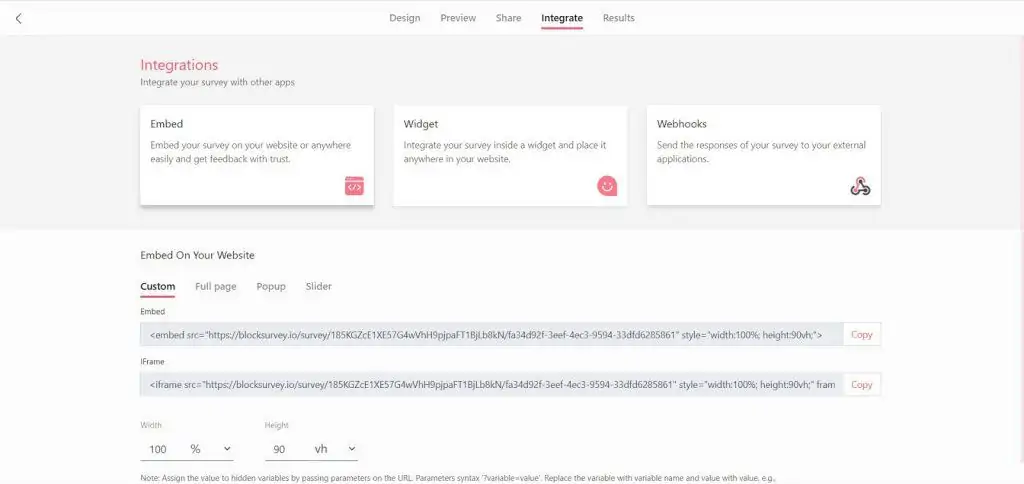Last Updated on 3 years by Christopher Jan Benitez
In this post, you will learn why using surveys for lead generation is a great way to collect hot prospects that you can easily turn into customers and product users of your company.
Let’s get started!
1 Thing You Must Know About Lead Generation Surveys
From the perspective of your business, surveys provide you with more and better insights into your prospects. The fact that they’ll have to answer a bunch of highly targeted questions related to your industry provides you with more data that you can use to expedite your brand’s growth.
However, the biggest challenge is by getting people to participate in your surveys.
Unlike most opt-in forms that capture your name and email address, they require more effort from your prospects. Therefore, there’s little for them to answer forms because it’ll take more time to finish them.
Nonetheless, this shouldn’t prevent you from at least trying out the use of surveys to collect qualified leads for your business. It’s a matter of testing and making sure that the length and the inquiries of your surveys yield the best results.
Best Lead Generation Survey Tools
To ensure that you implement surveys for lead generation correctly, you must deploy the best platform that’ll help make the process of measuring the results and improving them much easier.
Unless you know how to create them from scratch, it’s best to choose any of the tools below:
- Survey Monkey – One of the most popular tools for creating surveys for a variety of purposes and businesses.
- Typeform – Sleek and easy-to-use form builder for engaging with your crowd and generating more leads.
- BlockSurvey – The new kid on the block, this tool provides the ability to build professional-looking forms with security in mind.
How to Use Surveys for Your Lead Generation Strategy
To understand how to capture more leads using this method, I’ll be showing you screenshots of BlockSurvey.
Choose the most appropriate survey type
When setting up your survey for lead generation, you need to tailor it according to your target audience (customers, prospects, etc.). By asking queries people are interested in answering, you increase the conversion rate of your survey, thus helping you generate more prospects.
BlockSurvey has a collection of survey templates to choose from organized according to industry.

Click on any of the templates to see its content.

Doing so allows you to see if the survey template is a perfect fit for what you’re trying to achieve. This makes editing and publishing the survey much quicker since everything is laid out the way you want it to.
Optimize your questions
I’ve mentioned the importance of why you must ask things relevant to your audience. But it bears repeating here.
I’ve broken down this section into three parts to help you know how to ask questions on your survey and what they should be:
Know the pain points
In particular, you must know the pain points bothering your audience. You need to provide a solution to their problems through your survey. This way, they’ll have more incentive to answer it and become your prospects.
Limit your queries
Aside from the quality of your inquiries, you need to concern yourself with the volume.
While there’s no correct answer regarding the number of queries your survey must ask, you need to know that fewer questions are always better.
Again, getting people to answer your survey as opposed to typing out just their email addresses is much more difficult. So make the survey as painless as you can by limiting the number of queries you’ll ask.
Make your survey painless
Finally, make your lead generation survey easy to answer. If possible, turn them all into multiple-choice questions so people don’t have to type out the answers.
When you’re editing from BlockSurvey, you can add different questions anywhere in your survey.

Aside from multiple choices, there are other questions that people can easily answer on your lead generation survey such as opinion scale, rating, experience management, and more.
Incentivize your survey
It’s not enough that your survey aims to help address the factors bothering your target market. Rewarding them immediately via content upgrades is a much better incentive for the time they spent taking the survey. This way, you can get more participants to join and share their thoughts on your survey.
Examples of content upgrades are as follows:
- Ebooks
- Cheatsheets
- Checklists
- Templates
- Reports or case studies
Make sure the content upgrade you’re offering interests your respondents. There’s no point in offering something that they don’t care about, no matter how valuable it may be.
That said, you’ll probably have to create this from the ground up or pay someone to do it for you. This reason is why you need to get this right the first time to get the most out of your lead generation surveys.
Using BlockSurvey, you can edit the “Thank you for your time” page found on each template and link to your content upgrade from that page.

Respondents will only get access to the content update after completing the lead generation survey. So this should be a great incentive for them to join and complete your survey.
Share it at the right places
Once you’ve set up and published your survey, the next step is to promote and get the most response out of it. There are many ways you can do this:
- Share the survey on social media and make it sticky, i.e. make the form appear on top of your feed, so more people can see it.
- Embed the form on your website, in particular, place it on pages relevant to the topic of the survey or those attracting the most traffic.
- Include your survey in your pop-up boxes and make them appear strategically on select pages of your site.
- Send an ad-hoc email to your mailing list.
- Grab its QR code and print it out on your marketing materials, if applicable.
Not all of the tactics above will lead to the success of your lead generation survey, so be sure to choose the ones that you feel will elicit the most responses and feedback from people.
BlockSurvey thankfully allows you to do all of the above. You can share the link to the survey you built on social media with just a click of a button or get its OQ code and share that instead.

You can also embed the survey on your site as a full-pager, pop-up, or slide.

Regardless of which tactic you choose for sharing your survey, there’s no excuse for you not to succeed in your generation of leads using it.

